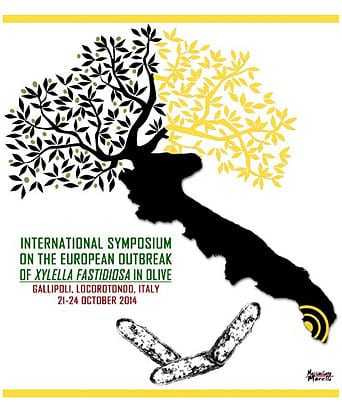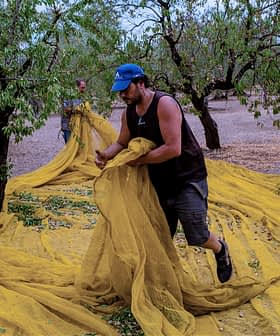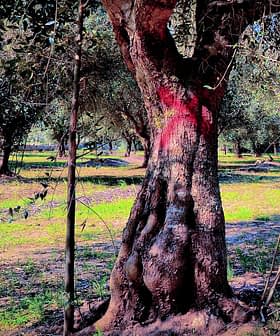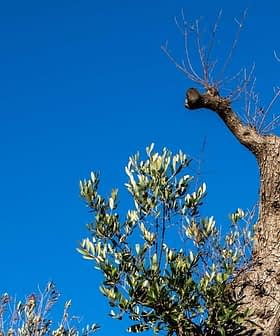Gallipoli — the epicenter of the new disease devastating olive trees in Italy — will soon bring together experts from around the world in a bid to better manage the outbreak.
With about 600,000 olive trees said to be at grave risk in the wider area of Salento — sometimes described as the “heel” of the Italian “boot” — the scientists will attend a symposium* held October 21 – 22 on the insect-borne pathogen Xylella fastidiosa (Xf).
See Also:Complete coverage of the Xylella fastidiosa outbreak
Offering a detailed overview of this emerging threat, the program includes plenary sessions, visits to affected groves in Lecce province, and training workshops on state-of the-art detection of the culprit.
According to Italian member of the European Parliament Aldo Patriciello, the ‘leaf scorch’ caused by Xf already spans 23,000 hectares of prime olive trees in Puglia, with 2,000 diseased trees and 600,000 at risk.

Aldo PatricielloIn a motion to the parliament in September, Patriciello called on the European Commission to “establish an appropriate local research and assistance program, which should also include restoring the worst affected areas, which cannot now be saved, to their natural state.”
The Commission has yet to respond to the petition but in February it applied measures designed to contain the outbreak, including a ban on the movement of some plants out of Lecce, a province in Apulia. It also required all EU member states to start annual checks for the presence of Xf. The deadline for their reports on their first such survey is imminent — the end of October.
Italy’s Ministry of Agriculture recently also announced a plan to battle Xf which includes enforcing a sanitary cordon designed to stop it spreading north.
The symposium organizers are: the Institute for Sustainable Plant Protection (CNR, Bari); Department of Soil, Plant and Food Science of the University of Bari; Centro di Ricerca, Sperimentazione e Formazione in Agricoltura “Basile Caramia;” and CIHEAM-Mediterranean Agronomic Institute, Bari.







